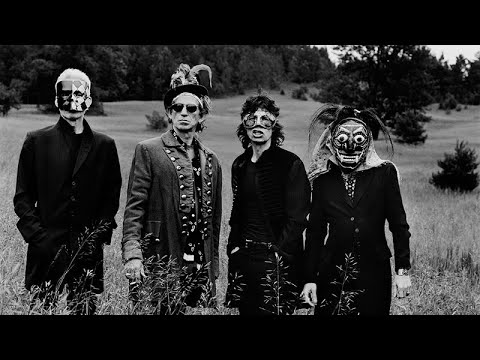
“I always saw my work as me diving into the world and giving this image back to the world.” Meet the legendary photographer and director Anton Corbijn, known for his iconic pictures of musicians such as Joy Division, Björk and The Rolling Stones. In this video, he talks about working within the framework of simplicity, limitations and imperfection.
Growing up as “the son of a preacher, in a village on an island,” Corbijn felt that his world was quite severe and restricted until he came across music from and pictures of e.g., The Beatles, which presented him with something far more liberal: “I gravitated towards that world. I found there was an excitement I guess was lacking in my life.” Later, he moved to England to be closer to where the music was made, and here he photographed the band Joy Division (1979) – photos which later became iconic.
“The imperfection in how I work is always there for me.” Corbijn, who prefers to go on photoshoots alone, has been very conscious of avoiding being labelled a “rock-photographer.” When he photographs musicians, it’s always without their instruments: “I want to photograph them more as people in their own world.” Moreover, he finds that when you don’t have a lot of time to photograph somebody, you have to be very inventive and concentrate all your energy, which can increase your focus: “I learned from Brian Eno that you limit how you work. Instead of having four lenses, use one or two… limit yourself and make that work, and you become far more inventive.”
Anton Corbijn (b. 1955) is a Dutch photographer, music video and film director, whose iconic photographic expression has defined a whole generation of musicians. Corbijn has been the creative director behind the visual output of Depeche Mode and U2 for over three decades. He is also the photographer behind the defining monochrome stills of Joy Division (1979). His work includes music videos such as ‘Enjoy the Silence’ for Depeche Mode (1990), ‘One’ (version 1) for U2 (1991), ‘Heart-Shaped Box’ for Nirvana (1993), ‘Viva la Vida’ for Coldplay (2008) as well as Ian Curtis’ biographical film ‘Control’ (2007) and the feature films ‘The American’ (2010), ‘A Most Wanted Man’ (2014), and ‘Life’ (2015).
Anton Corbijn was interviewed by Kasper Bech Dyg at Brandts in Odense, Denmark in March 2019 in connection with the exhibition ‘Anton Corbijn – 1-2-3-4’.
Camera: Jakob Solbakken
Produced and edited by: Kasper Bech Dyg
Cover photo: The Rolling Stones, Toronto, 1994 by Anton Corbijn. Courtesy of the artist.
Copyright: Louisiana Channel, Louisiana Museum of Modern Art, 2019
Supported by Nordea-fonden
FOLLOW US HERE!
Website: http://channel.louisiana.dk
Facebook: https://www.facebook.com/LouisianaChannel
Instagram: http://www.instagram.com/louisianachannel
Twitter: http://www.twitter.com/LouisianaChann
source